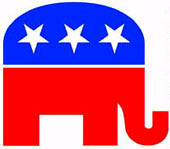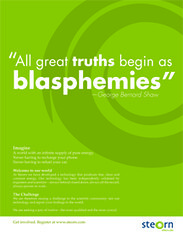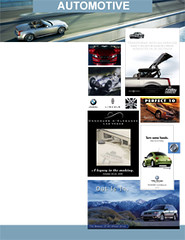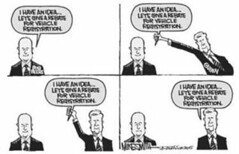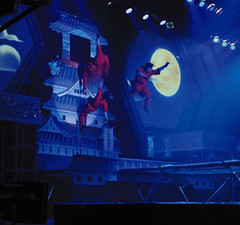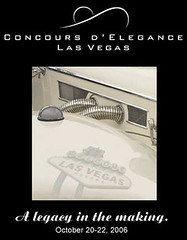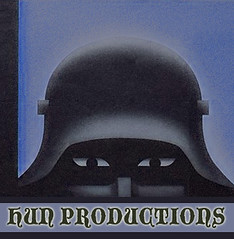Approximately six days ago, Ireland-based Steorn invited the world's scientists to test what they call a revolutionary new technology with an advertisement in The Economist.
According to the company's news release, the technology is based on the interaction of magnetic fields and allows the production of clean, free and constant energy. It can be applied to virtually all devices requiring energy, from cellular phones to cars.
It is an intriguing concept, one that has been kicked around for some time, and especially interesting for quantum physics buffs who sometimes enjoy looking up the latest redesign of Tesla's Coil (that would be me), which is another intriguing concept that leads to the creation and production of free energy.
Perhaps even more striking than the concept of free energy is the risky game of generating a marketing buzz for a technology that will apparently not be released to the public until after all (or at least some) of the scientists can validate the results. In fact, according to the company's Web site, more than 3,000 scientists have already accepted the challenge.
The reason I call this a risky game is because Steorn is riding a very thin line. On one hand, if they truly are far enough along in the free energy game that their claim will eventually revolutionize the world as we know it, their advertisement is marketing genius. On the other hand, considering they ran the advertisement in a weekly newspaper focusing on international politics and business news (and not known for its scientific readership), the marketing buzz they are creating, possibly to attract investors, could backfire, if it hasn't already.
Buzz marketing, as effective as it can be, is a dangerous game of gambling corporate credibility and the stakes are directly proportionate to your ability to deliver. For Steorn, given that 68 percent of the people who responded to their online poll that asks "should that scientific community accept our challenge" said NO, their wager seems to be equivalent to going "all in" without having the right cards to pull it off. Simply put, skepticism is high and if Steorn does not deliver, their next venture, even if it seems somewhat credible, will suffer, assuming the company survives.
At the moment, it's hard to say whether Steorn is simply looking to inflate company valuation on a promise as adventurous as The Wonga Coup (just without mercenaries), or whether they really have something that could potentially change the world. They claim they did attempt to go the traditional scientific route by quietly asking academic institutions to validate their results. But the company can hardly provide a case study for corporate transparency nor has it produced similar technologies (their first venture was related to technologies that help prevent counterfeiting and fraud in the plastic card and optical disc industries). So, time will tell, assuming they haven't lost already by damaging their credibility beyond repair.
All of this is not to imply ''buzz marketing'' is bad. We've frequently assisted in the development of such communication strategies that have paid off, a by-product of living in Las Vegas.
Just a few case studies include opening the Alexander Dawson School at Rainbow Mountain that made a compelling case that it would be the best private K-8 school in the West, with kindergarten tuition starting around $15,000 per year. We made the case before the motor was dry. We also assisted in generating ''marketing buzz'' for Konami Gaming with its infamous 'Project X,' a coin-in gaming machine that would serve as their introduction into the United States. We described a device that was barely on the drawing board. There are dozens of more cases we could share.
The difference between these and Steorn, although slight, was that both parties, Konami and Dawson, had proven track records in their respective industries. As mentioned, buzz marketing is effective, but the stakes are directly proportionate to the ability to deliver. Comparatively speaking, the stakes in their strategic plans can be likened to a reasonable wager. (Both did deliver, by the way).
Contrary, Steorn may have over exceeded the definition of 'reasonable' by a mile. It's a shame too, infinitely so if they really do have a technology that could change the world. The point: bet too much on buzz marketing and you can theoretically kill your company even if you do have a holy grail answer for all physics questions.
At least that's what one of my marketing professors would have said almost 20 years ago. You see, he shifted his field of study to marketing after discovering that, sometimes, engineering is not enough. His team's invention: mass produced hover crafts.
It really worked, but there were too few buyers to keep the assembly line moving forward. By the time they had generated some marketing buzz, it was too late — the company went bankrupt.







